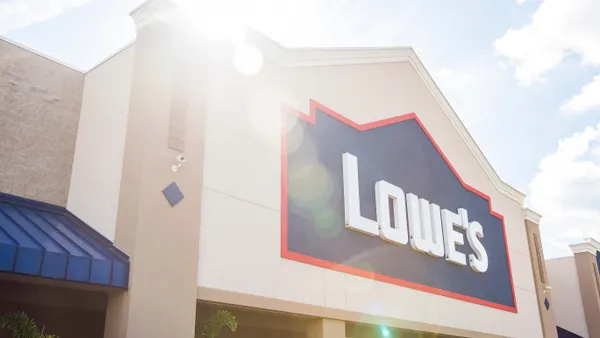Dive Brief:
- Sterile water for injections, a critical ingredient in preparing many drug products for "intravenous use," continues to be in short supply, according to the American Society for Health System Pharmacists.
- Shortages of sterile water began in December of 2017 and were forecast to be abated this past month, but shortages are still widespread.
- Hospitals and healthcare providers are scrambling with short-term workarounds and changes and protocols to combat the shortage of this critical product, which they started using more frequently as a replacement for saline bags, of which there is also a widespread shortage.
Dive Insight:
The fallout from Hurricane Maria’s devastation of Puerto Rico last fall continues to be felt throughout the medical supply chain, directly impacting patient care across the United States and beyond.
Julie Rubin, Director of Clinical Services at CompleteRx (PharmD, BCPS) notes the hurricane initially caused a shortage of saline mini bags used in all hospitals.
"As a result of the shortage of mini bags, hospitals shifted their practice model of administrating medications via intravenous push, or IV push," Rubin told Supply Chain Dive. "IV push ultimately requires mixing many of the antibiotics and other medications with sterile water."
This unanticipated ramp-up of demand for sterile water quickly put a strain on the supply of a product available only from three manufacturers. Changes in workflow may keep pressure on the sterile water suppliers.
"I think the supply of sterile water will need to be higher than it was prior to the shortage as temporary changes in clinical procedures have the potential of becoming more permanent," Rubin said. "Many hospitals may choose not to revert back to mini bags once the saline shortage had been resolved."
She notes hospitals may actually show improved workflow and cost savings with the new procedures.
To mitigate future supply chain disruptions for this or other critical products, Rubin recommends that manufacturers notify healthcare facilities, as well as agencies like the FDA, when is shortage is expected, allowing for workaround strategies.
"Manufacturers should have a back-up plan in place that is activated in the event one of their medical products is experiencing a back-log," Rubin said. "This can include increasing supply or even partnering with overseas suppliers."
Rubin advocates for short-term strategies in workflow to manage low inventories of sterile water, such as encouraging medications to be given orally to conserve available supplies for injections, but she notes this will not be a long-term solution and these changes in workflow could lead to errors.
"Pharmacists should work with other healthcare leaders to investigate and implement alternatives to infusion or intravenous therapies where appropriate so hospitals aren't reliant on just one method," she said.













